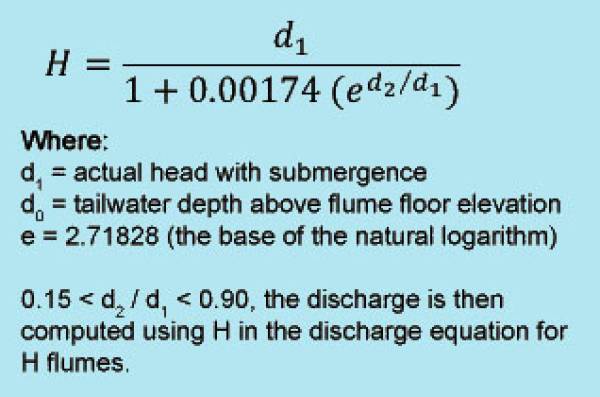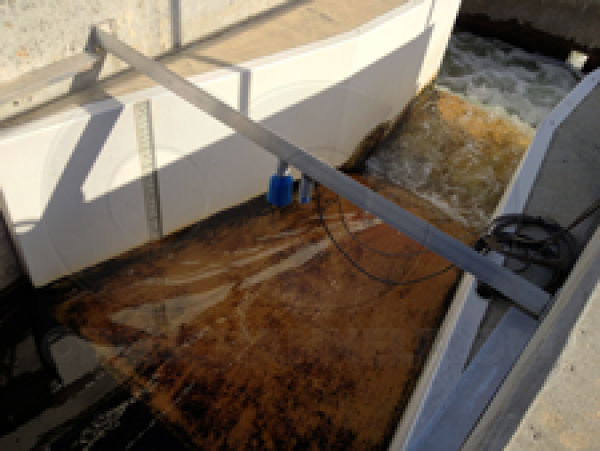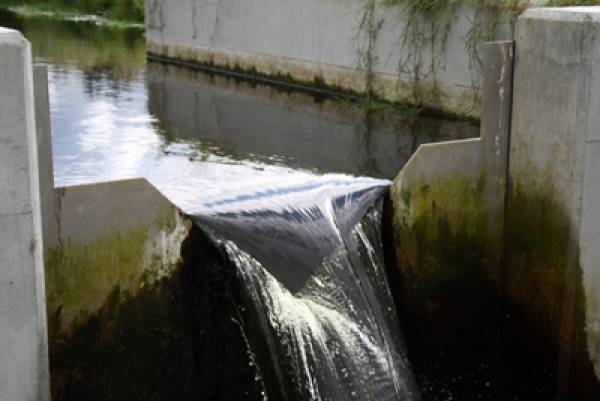This website uses a variety of cookies, which you consent to if you continue to use this site. You can read our Privacy Policy for
details about how these cookies are used, and to grant or withdraw your consent for certain types of cookies.
6 Facts About / Examples of Submerged Flumes
Submergence in a flume occurs when downstream conditons combine to reduce free-flow out of the flume to the point where the free-flow discharge equations are no longer suitably accurate.
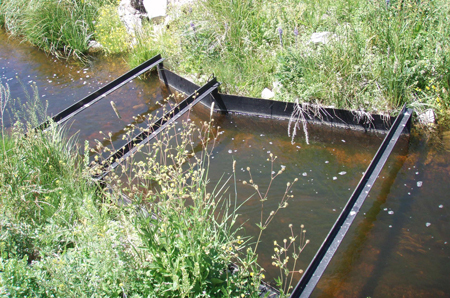
While submergence corrections can be made for some flumes (Parshall, USGS Portable Parshall, Cutthroat, H flume, Montana), there is added complexity (measuring at the level at two locations) and cost.
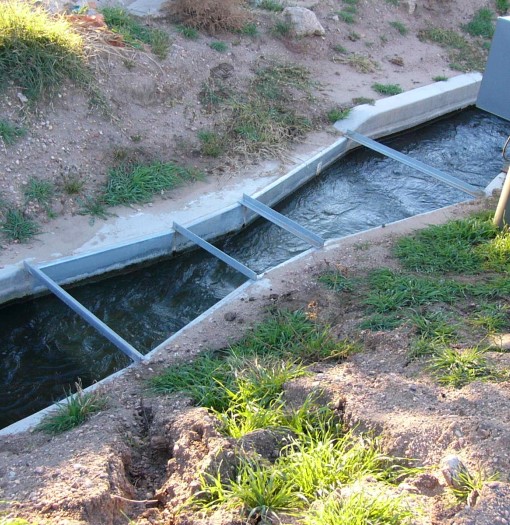
Some flumes can not be corrected for submergence (Trapezoidal, Palmer Bowlus, RBC). Typically this is because the submergence transitons (St) for these flumes is quite high - 80-90% - and attempts to correct the flow are to diffcult / costly / time consuming for the minimal returns.

Remember that submergence can occur at any flow rate. Submergence is determined by the downstream conditons alone.
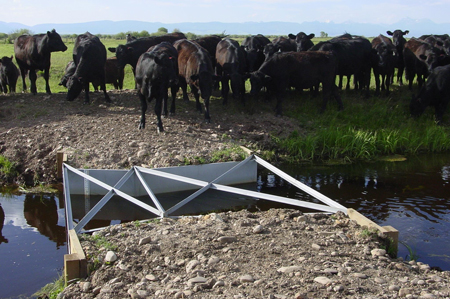
Any flume can experience submergence - although some types are more resistant (Parshall, Palmer Bowlus, Cutthroat, Trapezoidal, RBC) to its effects than others (Montana, H flume).
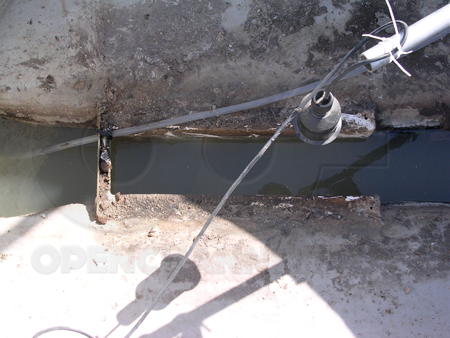
Although there can be advantages to designing an application to experience submergence from the outset, in general, Openchannelflow recommends that flumes be installed for free-flow conditions under all flow rates.
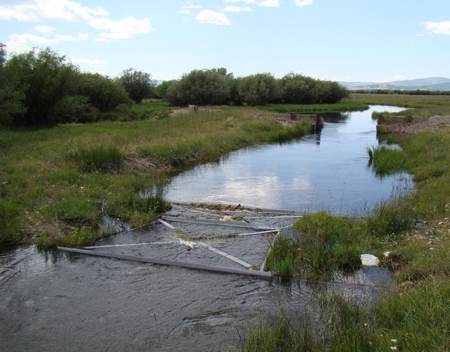
Images: Montana Water Commissioner Training
Related Blog Posts
Explore more insights in our blog.

LOCATIONS IN ATLANTA, GA & BOISE, ID


